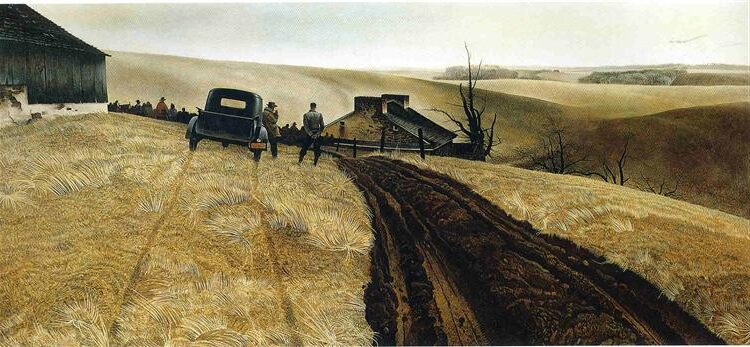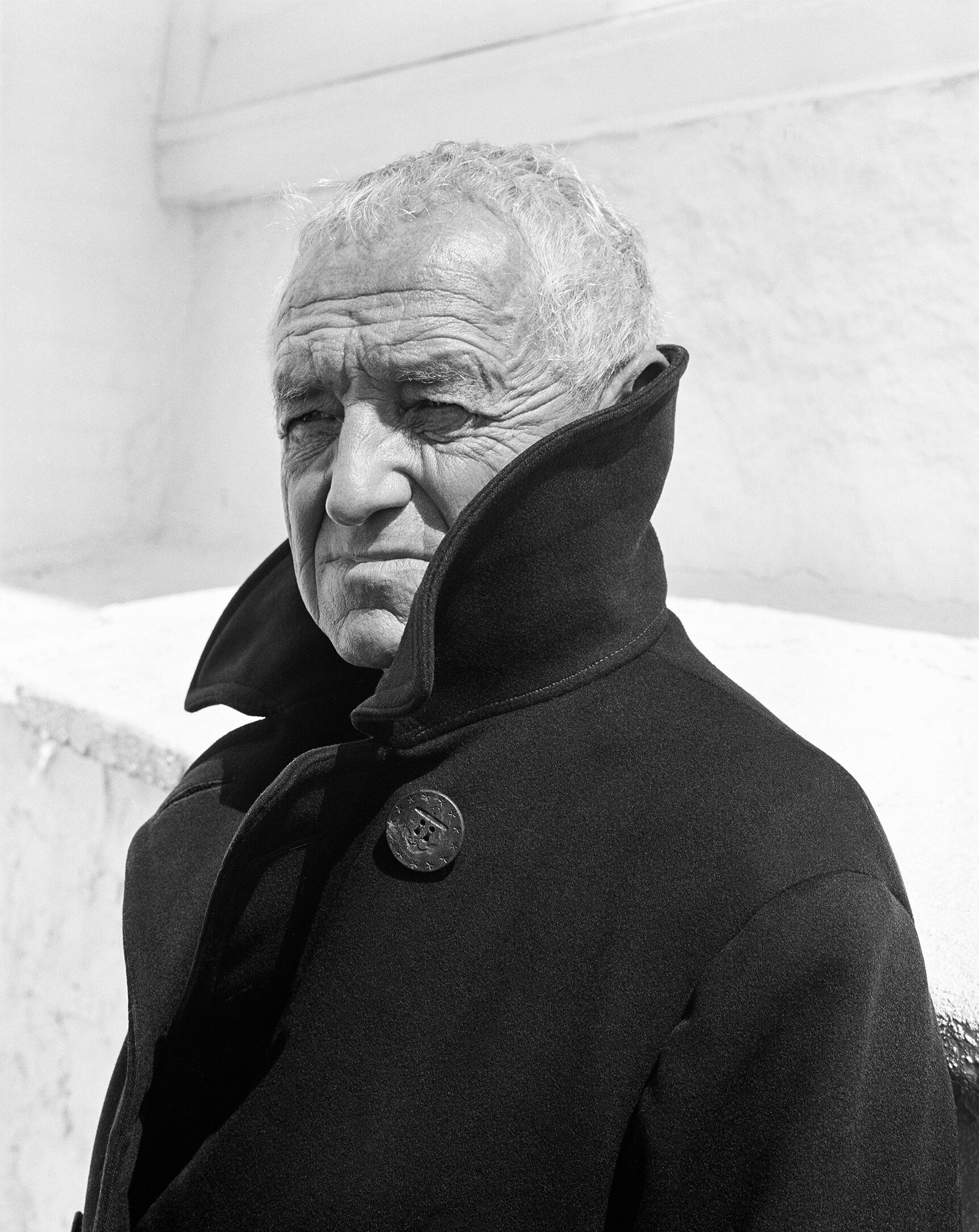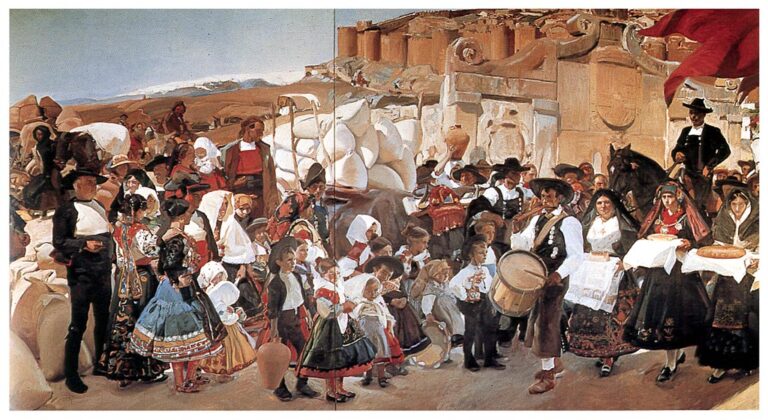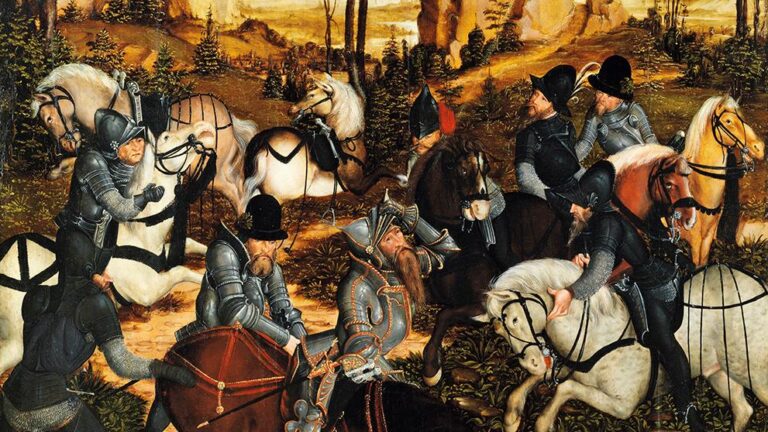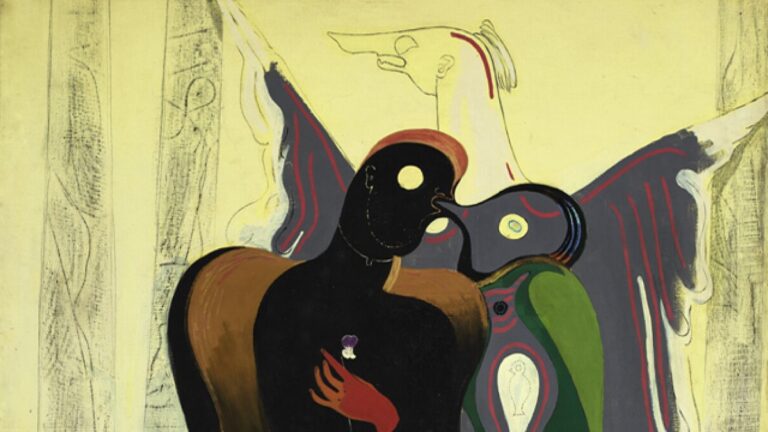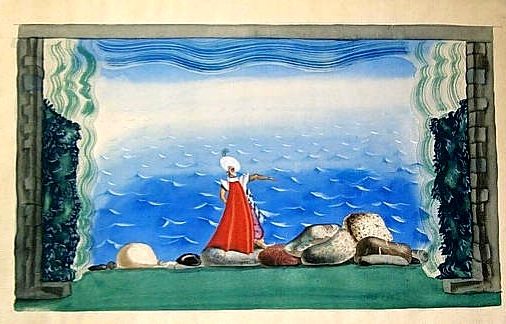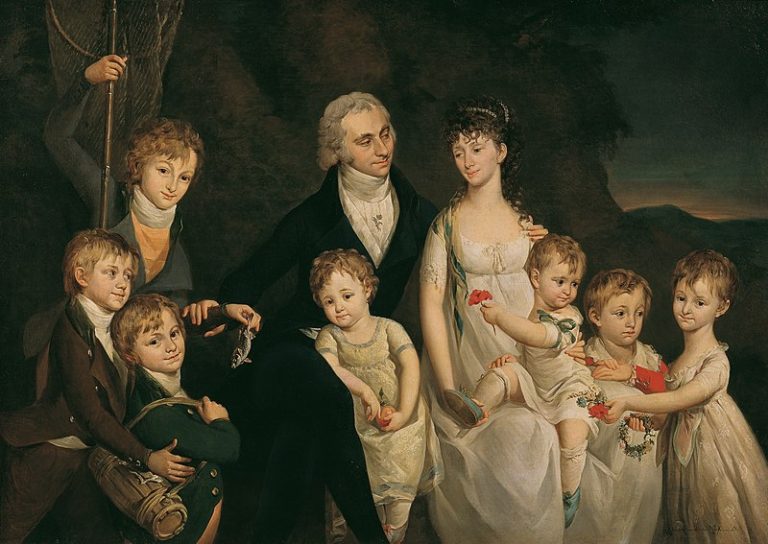Andrew Wyeth Paintings: An Exploration of His Timeless Artistry
Born: 12 July 1917, Pennsylvania, U.S.
Death: January 16, 2009, Pennsylvania, U.S.
Art Movement: Regionalism, Realism
Nationality: American
Influenced By: David Thoreau
Teachers: N.C. Wyeth (His Father)
Andrew Wyeth Paintings: An Exploration of His Timeless Artistry
Andrew Wyeth’s Life and Legacy
Andrew Wyeth, a prominent 20th-century American artist, is celebrated for his distinct portrayals of rural Pennsylvania and Maine. His family background and unique art education played key roles in shaping his artistic journey and style.
Early Life and Education
Andrew Newell Wyeth was born on July 12, 1917, in Chadds Ford, Pennsylvania. From a young age, he was surrounded by creativity and art. His father, N.C. Wyeth, was a famous illustrator, known for his work in classic literature illustrations.
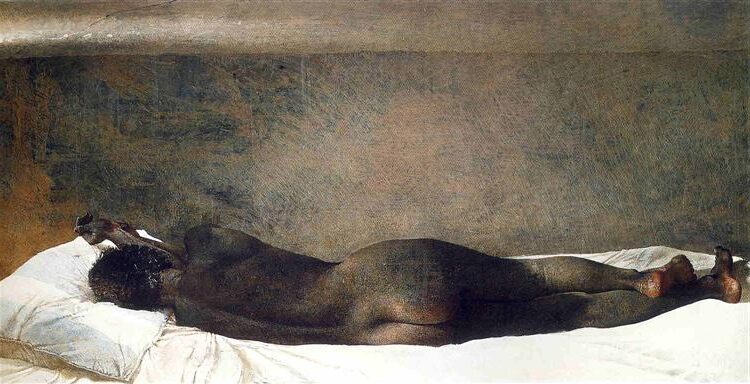
Barracoon by Andrew Wyeth
Andrew’s early education was home-based, tailored to fit his delicate health, providing him with the freedom to explore his interests deeply.
Despite the lack of formal schooling, he learned extensively from books and practical experiences. His studies included an exploration of artists who came before him, such as Henry David Thoreau’s works which influenced his philosophical outlook on the world around him.
This unconventional education fostered a deep connection with the landscapes and subjects he would later depict in his art.
Artistic Family Influence
The Wyeth family was immersed in the art world, with several members gaining recognition in their respective fields. Andrew’s father, N.C. Wyeth, played a significant role in his artistic development, providing mentorship and encouragement.
This familial support was instrumental in nurturing Andrew’s unique style and vision.
His sister, Henriette Wyeth Hurd, was also an accomplished artist. The artistic exchange within the family enriched his perspective and artistic approach. Through these familial connections, Andrew absorbed a variety of artistic traditions and disciplines, which contributed significantly to his nuanced understanding of realism and detail.
Signature Style and Techniques
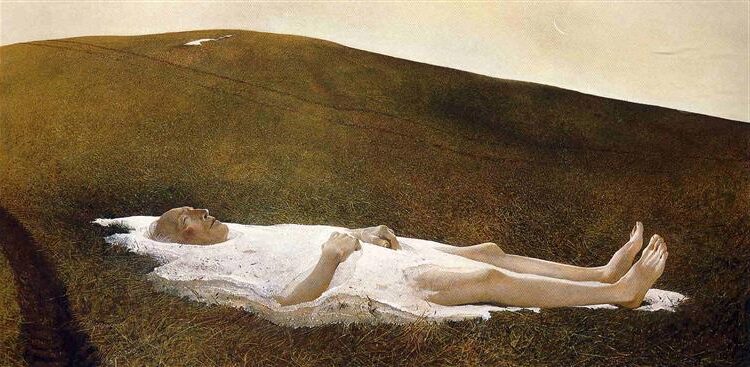
Spring (1978) by Andrew Wyeth
Andrew Wyeth is renowned for his extraordinary attention to detail and ability to convey emotion through his realist paintings. His signature techniques involve the innovative use of watercolor and egg tempera, grounded in the Regionalist style, reflecting rural America with a touch of mystery and depth.
Development of Realist Painting
Wyeth’s realist style emphasizes precise detail and emotional depth. He painted scenes of rural Pennsylvania and Maine, capturing everyday subjects with realism that feels both familiar and haunting. His approach often strips away unnecessary details, promoting a sense of stillness and introspection.
Wyeth’s technique involved observing his subjects meticulously, almost to the point of obsession. His compositions are carefully crafted to highlight contrasts in light and shadow, creating an evocative mood.
Innovations in Watercolor and Tempera
Watercolor and egg tempera were Wyeth’s primary mediums. He pushed the boundaries of watercolor using a dry brush technique that allowed him to create highly detailed textures.
This method involved removing excess moisture from the brush, enabling him to layer colors with precision.
He also mastered egg tempera, a medium known for its vibrant colors and minute detail. By applying thin layers, Wyeth achieved a luminous quality that gave his works life-like depth. This combination of mediums sets his work apart in the art world.
Regionalist Style and American Art
Wyeth’s work is deeply rooted in the American Regionalist style, which focuses on depicting rural and small-town America. He portrayed the landscapes and people he knew intimately, making his art a personal reflection of his environment.
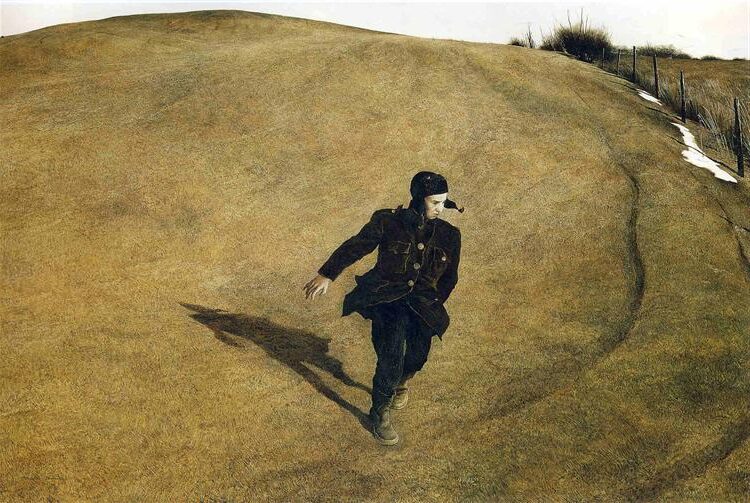
Winter (1946) by Andrew Wyeth
This approach places him within a broader narrative of American art that aims to connect viewers to the physical and emotional landscape of the country. Wyeth’s paintings, through this lens, offer snapshots of American life with a profound sense of place and identity.
Notable Works
Andrew Wyeth’s paintings often portray a deep sense of realism, capturing the essence of rural life and personal subjects. His work spans a unique blend of landscapes, portraits, and series that have made a lasting impact on American art. Below, key paintings and series from his career reveal his artistic legacy and thematic focus.
Christina’s World and Its Impact
Christina’s World is perhaps Andrew Wyeth’s most famous painting. Completed in 1948, it shows a woman lying in a field, looking towards a distant farmhouse. The figure is Christina Olson, a neighbor who suffered from a muscular disorder preventing her from walking.
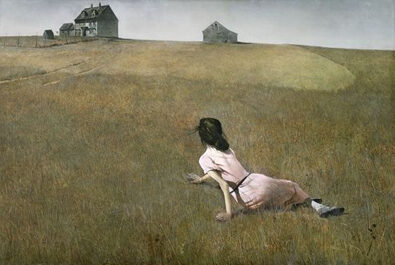
Christina’s World (1948) by Andrew Wyeth
The painting is known for its haunting composition and emotional depth.
This piece is housed in the Museum of Modern Art in New York. The painting has become an iconic representation of perseverance and isolation. Wyeth’s use of muted colors and detailed brushwork highlights the stark, expansive landscape surrounding Christina. Christina’s World continues to captivate viewers and stands as a hallmark of American realism.
Helga Pictures Series
The Helga Pictures is a series of more than 240 paintings and drawings created by Andrew Wyeth between 1971 and 1985. The series features Helga Testorf, who was a neighbor and model for Wyeth. These works remained unknown to the public until they were revealed in the late 1980s.
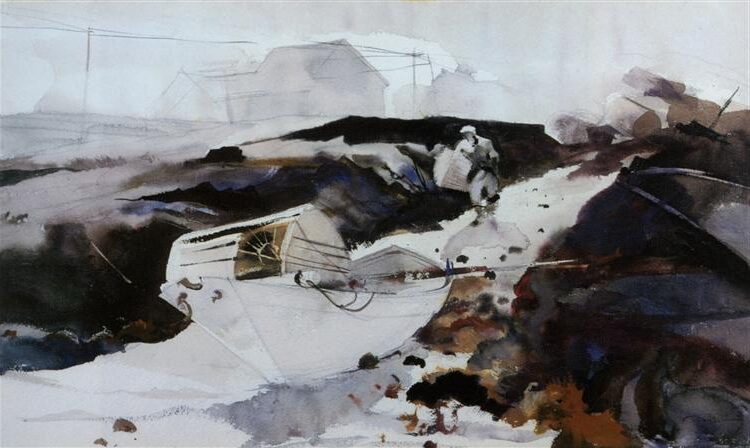
The White Dory (1941) by Andrew Wyeth
The paintings capture intimate moments and the passage of time, showcasing Helga in various settings. This series was displayed at the National Gallery of Art and brought significant attention to Wyeth’s ability to portray human emotion. The mix of drawings and the glowing quality of light create a deep, emotional connection with the viewer.
Famous Portraits and Rural Landscapes
Wyeth’s talent extends into portraits and landscapes such as Wind from the Sea and Winter 1946.

Wind from the Sea (1947) by Andrew Wyeth
Wind from the Sea captures the gentle movement of a curtain in a window, blending interior life with the outside world. This painting is celebrated for its light and texture, evoking a sense of quiet observation.
Another notable work, Winter 1946, reflects a more personal narrative, painted after the death of Wyeth’s father. The use of cold tones and barren scenery adds to its melancholic feel. Wyeth’s rural landscapes and intricate portraits often focus on individuals and places close to home, emphasizing themes of memory and everyday life.
Cultural and Historical Context
Andrew Wyeth’s paintings often depicted rural life and landscapes in the United States. His work notably focused on the regions of Chadds Ford, Pennsylvania, and Cushing, Maine. These areas provided rich backgrounds and cultural influences. Wyeth’s portraits captured the essence of American identity, using real people to express deeper themes.
Influence of Chadds Ford and Maine
Wyeth spent most of his life in Chadds Ford, Pennsylvania, and Cushing, Maine. These locations became central to his artistic vision. In Chadds Ford, the landscapes and buildings inspired him, reflecting an authentic American scene.
Cushing, Maine, offered a different atmosphere with its coastal charm. The Olson House, a farmhouse in Cushing, became an iconic symbol in his work, most famously in “Christina’s World.” The farmhouse and its surroundings in Maine highlighted a quieter, more introspective side of rural American life that Wyeth captured vividly. These settings influenced his color choices and often added a moody, contemplative tone to his paintings.
Portraiture and American Identity
Wyeth’s portraits often focused on ordinary people, conveying deeper aspects of American culture and identity. Influenced by American icons like Robert Frost, he aimed to reflect the resilience and strength found in everyday life.

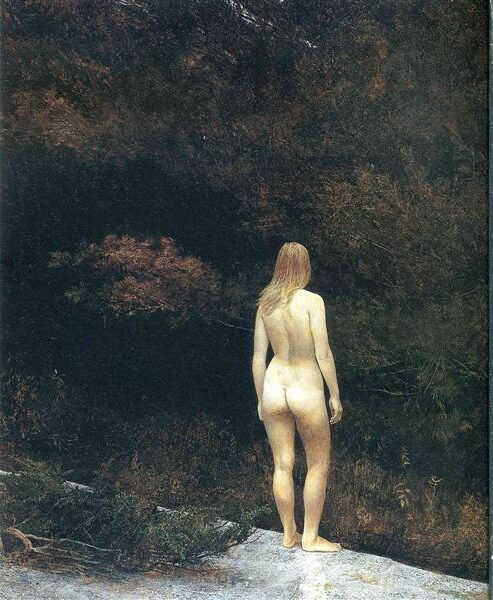
In his paintings, he often depicted the Kuerners and Olsons, families he knew well from Chadds Ford and Cushing. Wyeth’s portraits delved into personal stories, capturing emotions and inner lives. The people in his work often appear in everyday scenarios, emphasizing their connection to the land and culture. This approach connected his art to a broader narrative of American identity and realism.
Awards and Exhibitions
Andrew Wyeth’s career was marked by numerous accolades and a wide array of exhibitions that showcased his unique artistic style. His contributions to American art have been celebrated in prestigious collections and through significant awards.
Recognition and Honors
Andrew Wyeth received several high-profile accolades throughout his career. Among the most notable, he was honored with the Presidential Medal of Freedom, one of the highest civilian awards in the United States. This prestigious award acknowledged his impact on American art.
In addition to this, Wyeth was awarded the Congressional Gold Medal, further establishing his prominence in the art world. These recognitions highlight Wyeth’s influence and the significant cultural contributions he made during his lifetime.
Key Exhibitions and Collections
Wyeth’s work has been displayed in many esteemed institutions. Significant exhibitions have occurred at venues such as the Art Institute of Chicago and the Whitney Museum of Art. These exhibitions allowed audiences to engage deeply with his paintings, which often captured the natural beauty and intricate details of rural life.

Young Bull (1960) by Andrew Wyeth
His artworks are part of numerous prominent collections, including those privately held and in museums worldwide. Places such as National Historic Landmarks have also showcased his art, celebrating the legacy and intricate storytelling reflected in his paintings. These collections ensure that Wyeth’s work continues to be appreciated and studied.
Frequently Asked Questions
Andrew Wyeth is admired for his realistic artwork, capturing the essence of American life. Interest often revolves around his famous pieces, locations of his art for purchase, and distinguishing features of his technique.
What are considered the best paintings by Andrew Wyeth?
Among Andrew Wyeth’s most acclaimed works is “Christina’s World,” a painting that portrays a woman named Christina Olson. Other notable works include “Wind from the Sea” and “Winter 1946.” His paintings are recognized for their emotional depth and stunning realism.
Where can one find Andrew Wyeth paintings for sale?
Collectors searching for Andrew Wyeth paintings can find them through renowned auction houses like Sotheby’s and Christie’s. Additionally, art galleries that specialize in American realism frequently feature his work for sale.
What is the most expensive painting sold by Andrew Wyeth?
The most expensive painting by Andrew Wyeth, “Christina’s World,” is owned by the Museum of Modern Art in New York. It stands as one of his most treasured and valuable artworks.
What distinguishes Andrew Wyeth’s watercolor paintings?
Wyeth’s watercolor paintings are noted for their detailed realism and precise technique. He often used muted colors and carefully studied his subjects to portray the subtleties of the American landscape and rural life.
What is the value of original Andrew Wyeth paintings?
The value of Andrew Wyeth’s original paintings varies significantly, depending on factors like the artwork’s popularity and provenance. His major pieces can reach prices in the millions of dollars at auction.
Where is the largest collection of Andrew Wyeth’s works displayed?
The Brandywine River Museum of Art in Pennsylvania houses the largest collection of Andrew Wyeth’s works. It offers a comprehensive view of his career. The collection captures his artistic journey and the development of his distinct style.

